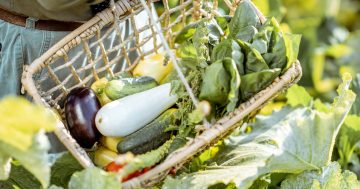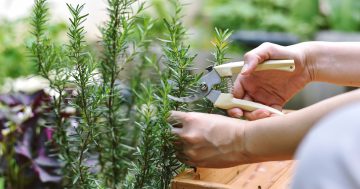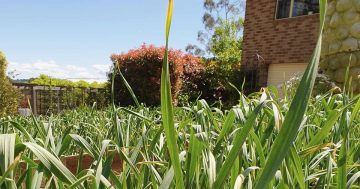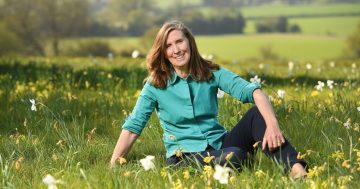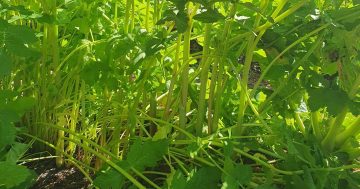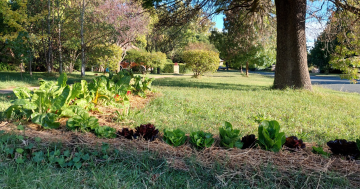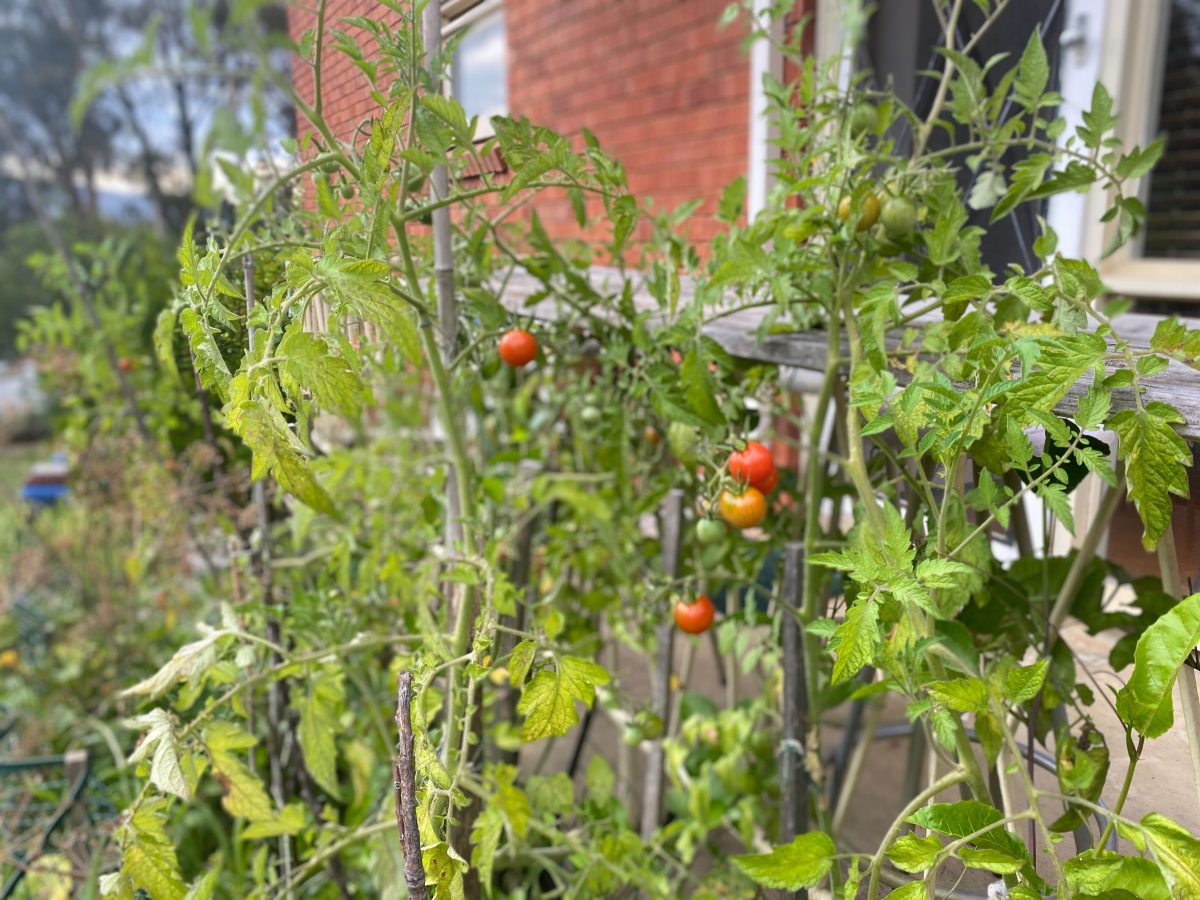
Homegrown tomatoes are a healthy summer treat and, apparently, one of Canberra’s favourites to cultivate. Photo: Lucy Ridge.
Oxheart, Roma, Apollo, Cherry, Black Russian … all delicious varieties of the tomato, found growing in backyards and on patios belonging to urban croppers across the nation’s capital.
Despite notoriously volatile weather, a short growing window and contrasting beliefs on whether they’re a vegetable, fruit or berry (technically the answer is a ripened flower ovary), those who call Canberra home love to have tomatoes in the garden.
This summer season, university researchers are looking to discover the secrets of home growers, whether their crop of choice is tomatoes or any other type of food.
CBR Local Food began in April 2023 and is part of a wider research effort that looks at what plants people grow in the ACT, how and when they do it, challenges faced, and harvests gained.
Importantly, the study also looks at who is growing their own food and why.
Data helps researchers like Dr Ro McFarlane from the University of Canberra (UC) understand how the local produce system can be made more resilient, bountiful, and sustainable in the future.
“There was a real gap in data for our region in terms of homegrown produce,” Dr Ro says.
“We know about half of Australia grows ‘some’ food at home, but this could mean a daily cup of herbs or weekly wheelbarrow full. We are unravelling these details specifically for Canberra.
“Almost immediately our project was welcomed by a very passionate community, who are knowledgeable about their craft and more than willing to share their experience with others.”
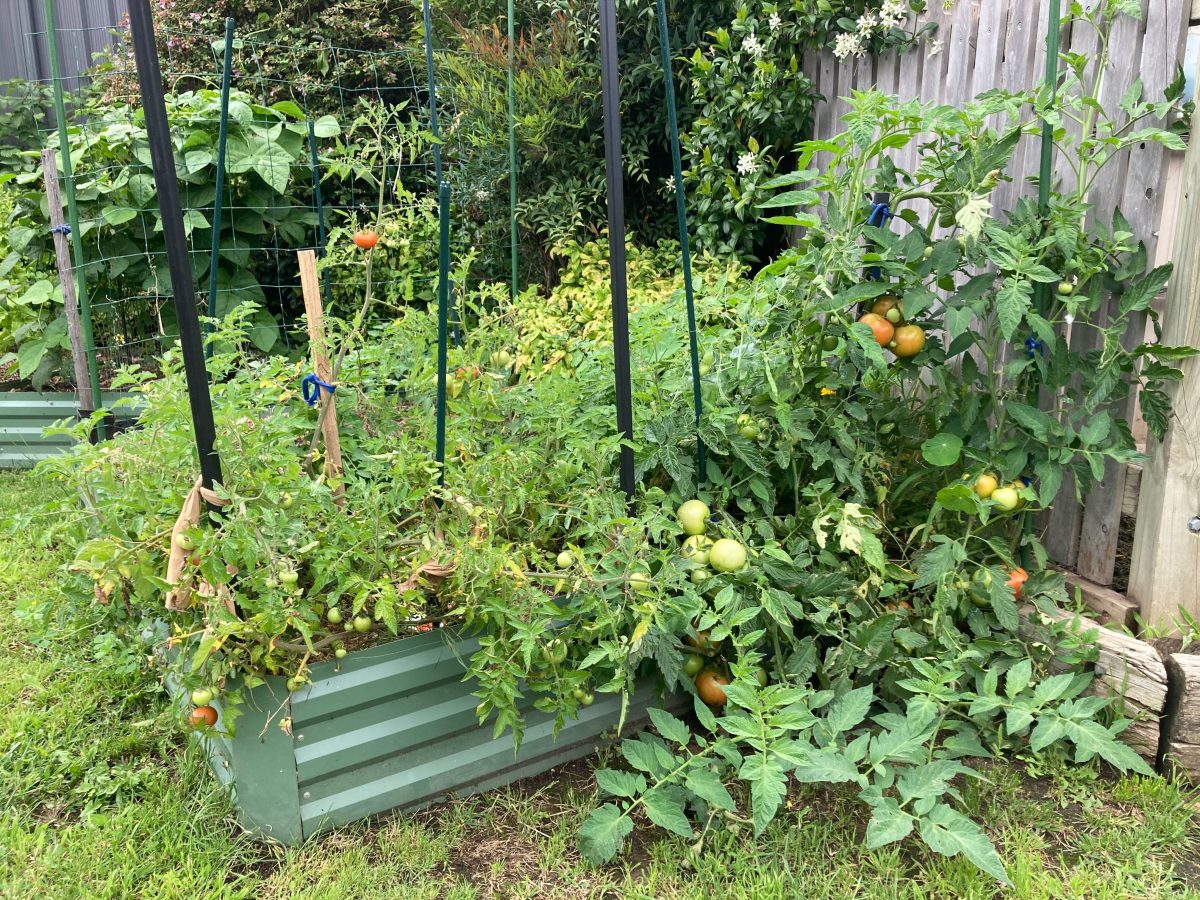
Wet, humid weather makes things tricky for lovers of the ripe and red but avid gardeners persist. The results might be a little less aesthetically pleasing than usual, but they still taste great! Photo: John Coleman.
So far one crop has stood out from the crowd – tomatoes. Dr Ro says Canberra is obsessed with them.
“Tomatoes are the most frequently harvested by far and have plenty of diversity, not just in species, but in growing methods and use,” Dr Ro says.
“We’re asking Canberrans this summer, what tomato variety do you grow and how? What are your tricks to manage challenging weather and pests? When do you harvest your tomatoes and, once you have, what do you do with them?”
Gardening being good for mental and physical wellbeing is old news, but maintaining it can present challenges. Dr Ro says for many, more than ever, gardening ‘warms the soul’.
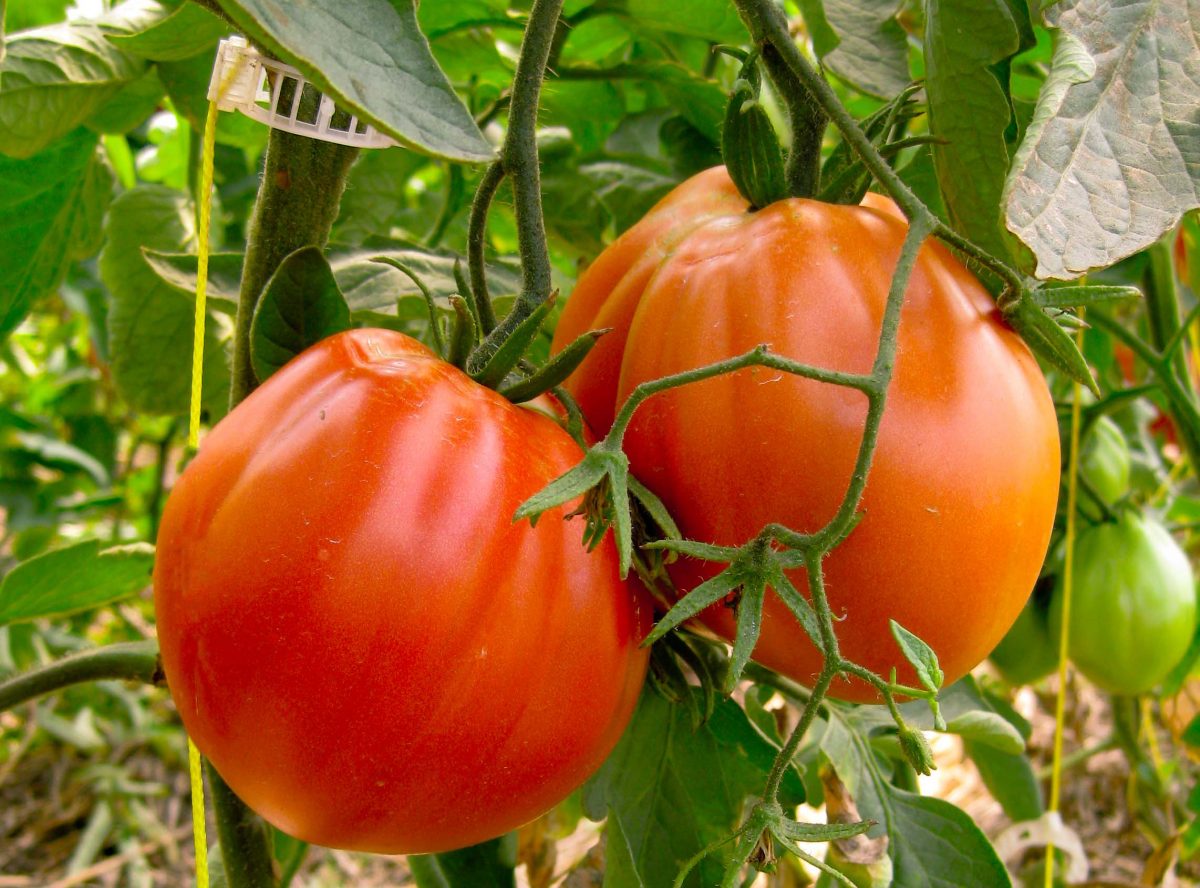
Juicy, ripe home grown tomatoes are a luscious summer treat. Photo: Joyce Wilkie.
“Some home growers are looking for better flavour and nutrition, an ingredient that can’t be bought, or to save money,” she says.
“But for most it’s to engage with nature and other people. There are plenty of urban gardeners out there who continue learning, developing and sharing their skills simply for the sake of their craft, which provides invaluable local knowledge.
“When we get outside and spend time in the air nurturing other living things, we feel better – it’s that simple. In the bush capital we are growing food and preserving biodiversity in our suburbs, which is a microcosm of a global challenge.”
For CBR Local Food’s summer data collection, Dr Ro asks those interested in joining the study to jump online and sign up. It starts with a simple survey, followed by weekly recordings of everything harvested at home.
“You can do this by weight, volume or photographs and we have prize vouchers for the most diligent data collectors,” Dr Ro says.
“There’s a rich culinary story being told in the ACT. CBR Local Food wants to tell it a little louder.”
Following the season, CBR Local Food will have a 12-month snapshot of Canberra-specific data. Dr Ro and her team look forward to sharing the insights into local food production, its challenges, and health and wellbeing benefits to inform future planning and support the ACT community.
For more information or to participate in the survey, visit UC’s Future of Food in the Canberra Region.












